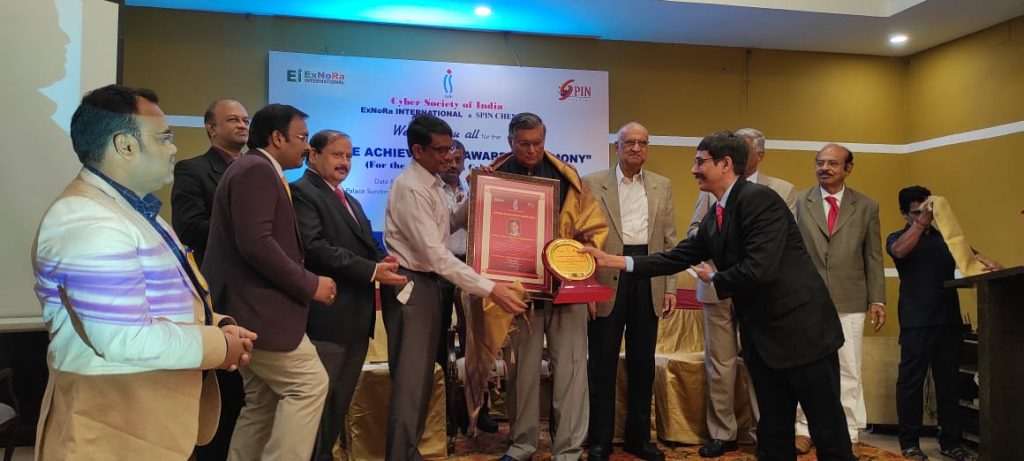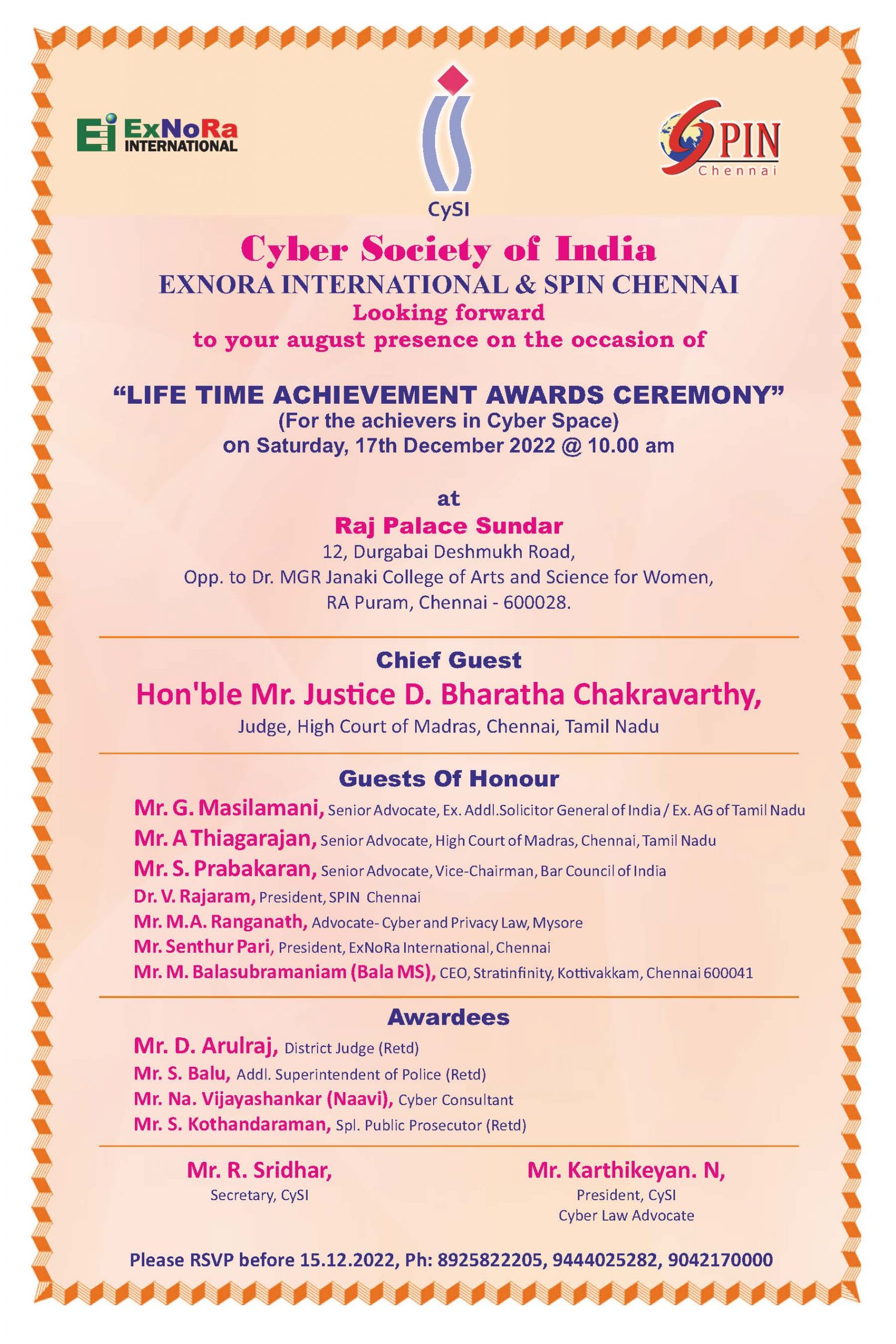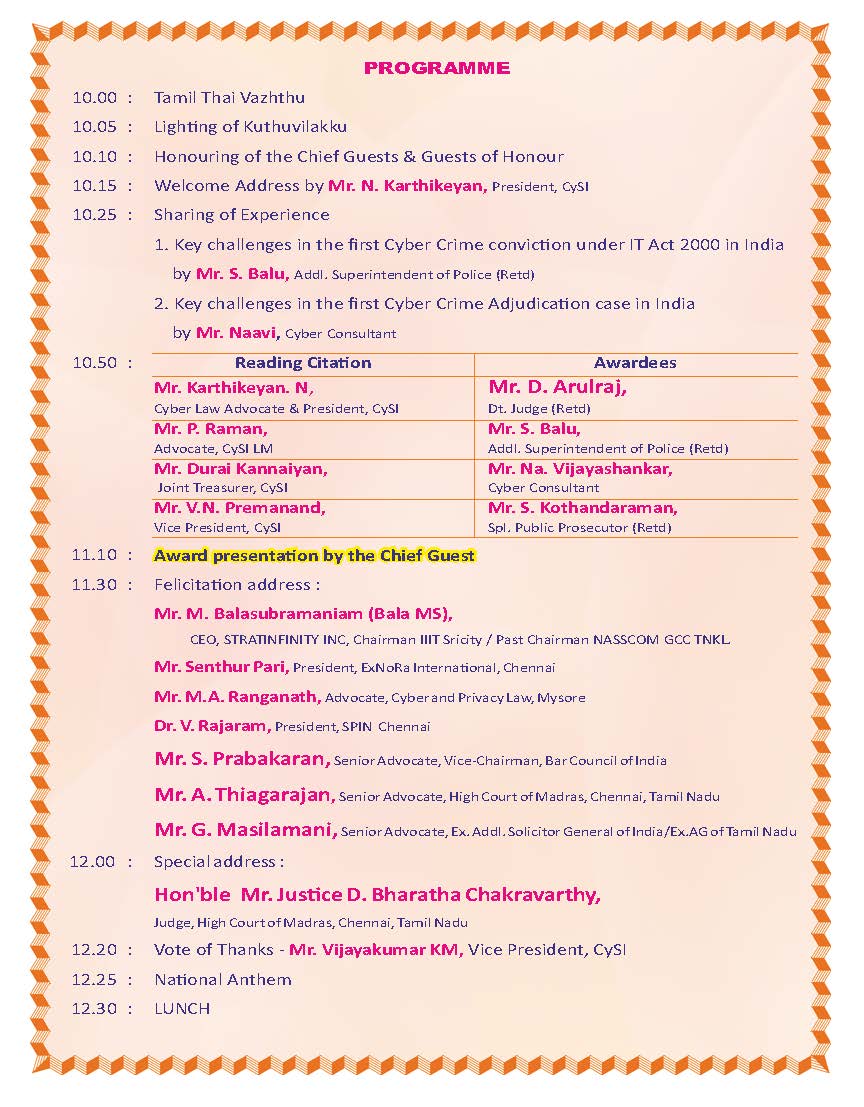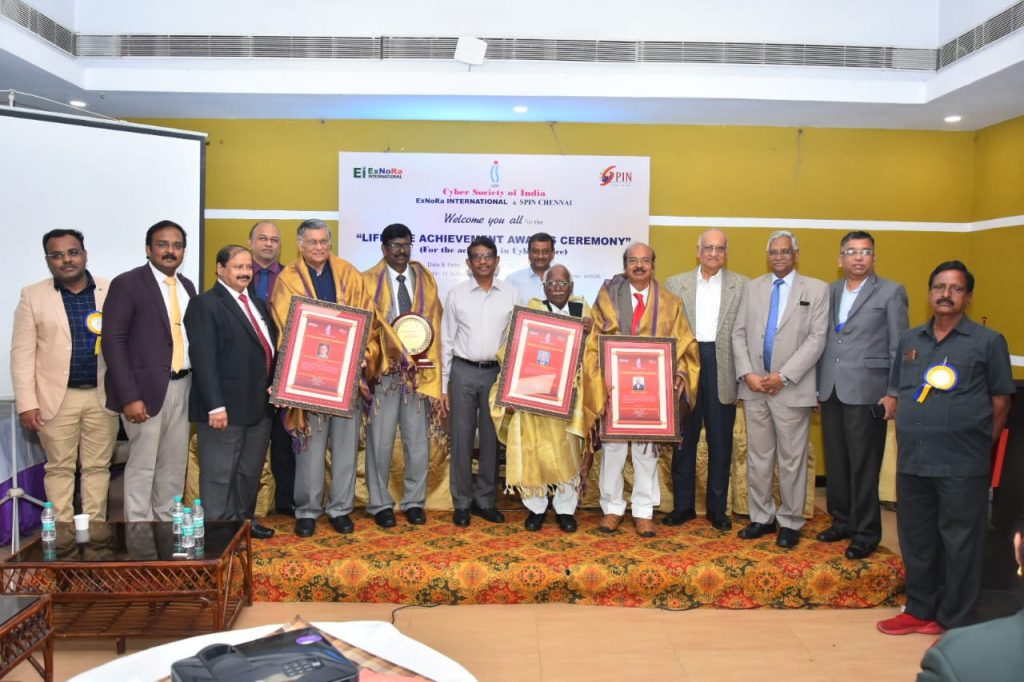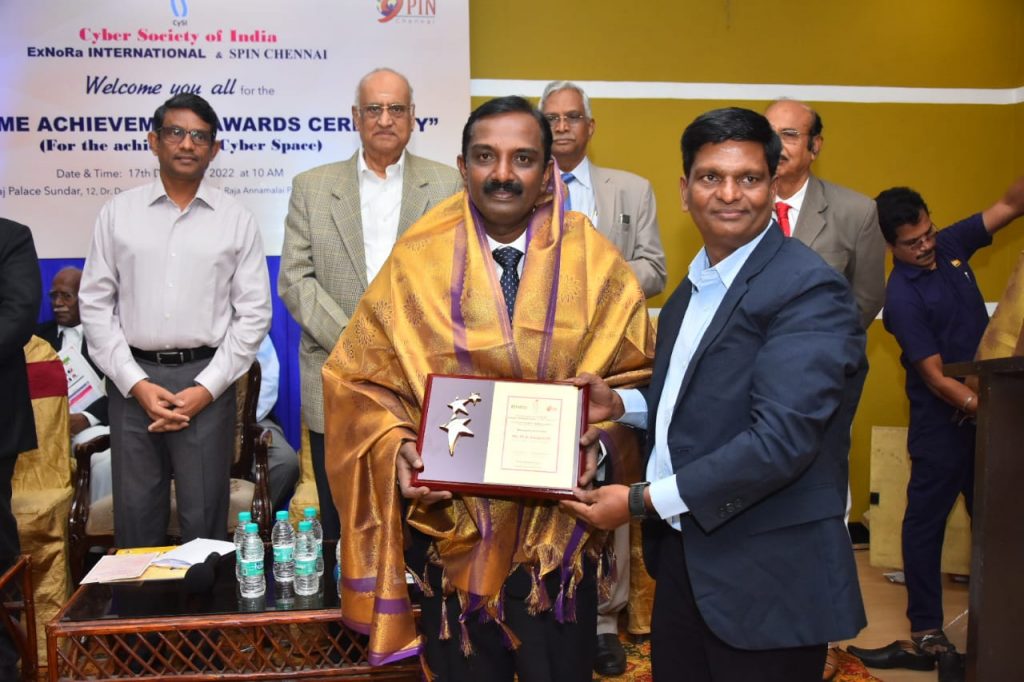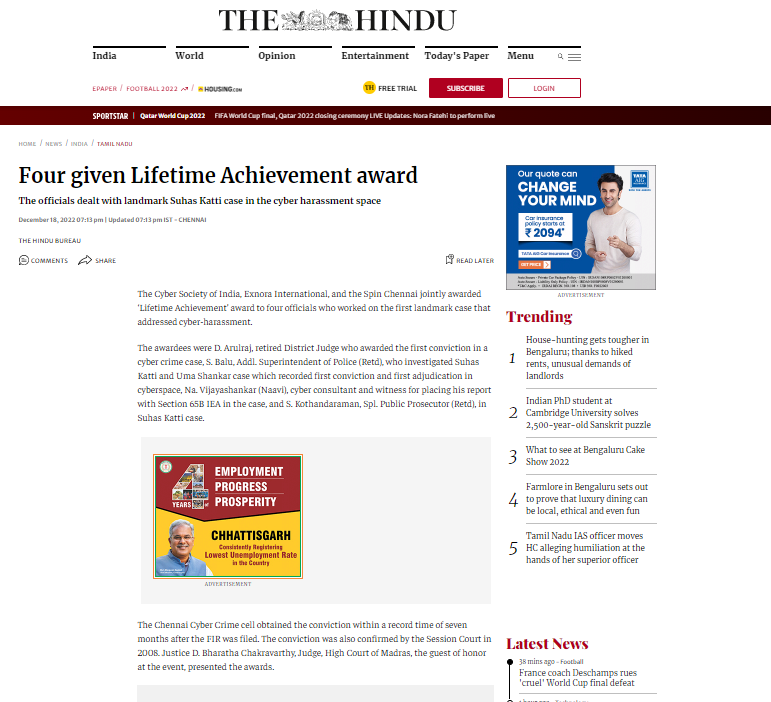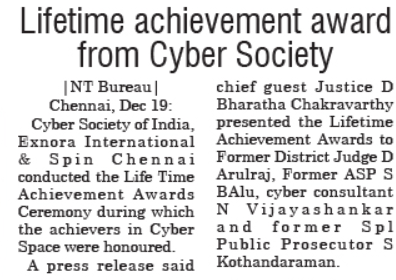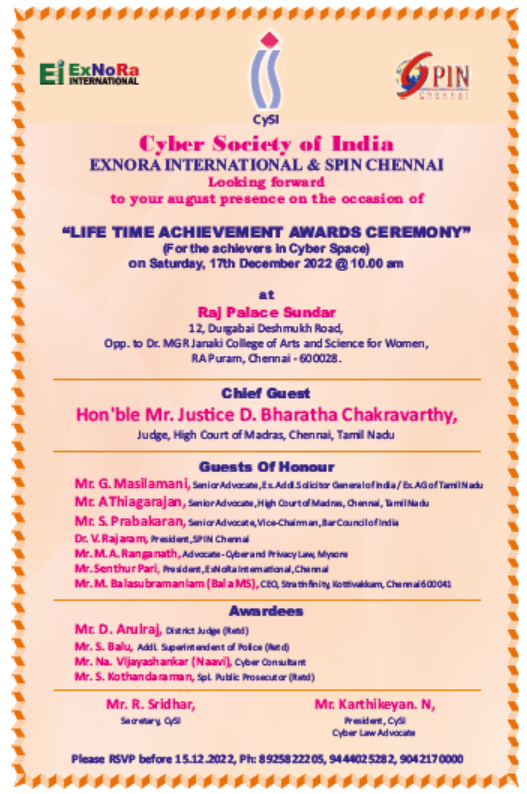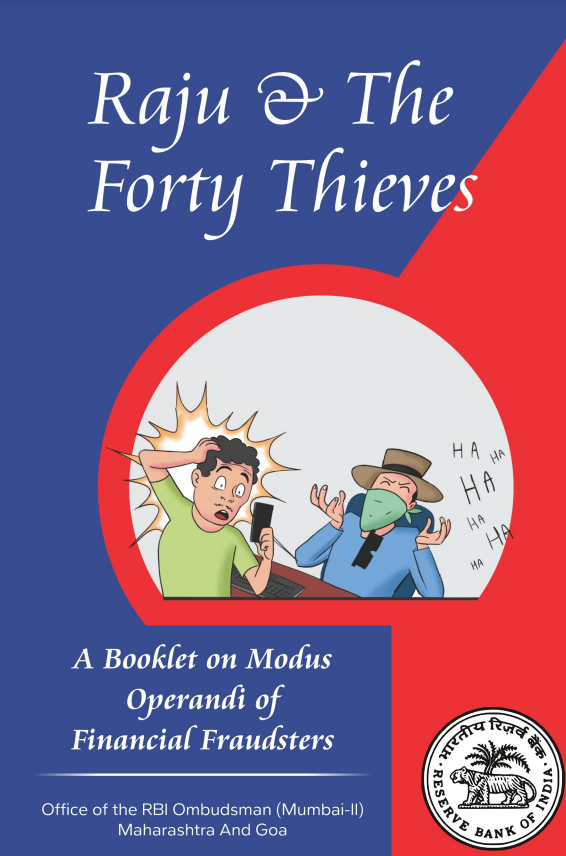Kerala High Court has pronounced a significant judgement in respect of Right to Forget by distinguishing cases where the “Open Court Justice System” is not recognized and in-camera proceedings are permitted. In matrimonial cases it has ruled that on request the identities of the parties may be masked in the published judgements.
The discussion is relevant since in the new DPDPB 2022 there is no mention of Right to Forget which automatically places it as a right to be exercised only on specific request in a judicial forum.
The Right to Erase which is the closest right to “Right to Forget” is considered as limited to the removal of personal data from active use which is an obligation on the data fiduciary when the purpose of processing is deemed to have been completed or the consent has been withdrawn. However “Right to Erase” does not extend to refuse “Disclosure” if the request for disclosure is from an authorized law enforcement agency or is otherwise required in the legitimate interest situation.
In such circumstances, Personal data on expiry of processing would be retained for a reasonable period as per other legislations like the Income Tax act or IPC or ITA 2000 as long as it is legally required. It would have to be however secured and disclosed only under due process.
Some clarification on these thoughts are expected after the new Act becomes a law and until that time we need to keep our fingers crossed and consider the Right to Forget as a grey area under the new Act.
Naavi

